Future astronauts may be protected from galactic cosmic rays thanks to a novel organ-on-chip system containing interconnected human tissue.


Future astronauts may be protected from galactic cosmic rays thanks to a novel organ-on-chip system containing interconnected human tissue.

Traditional means farmers used to use for seed selection and preservation may help us cultivate more resilient food in a changing climate.
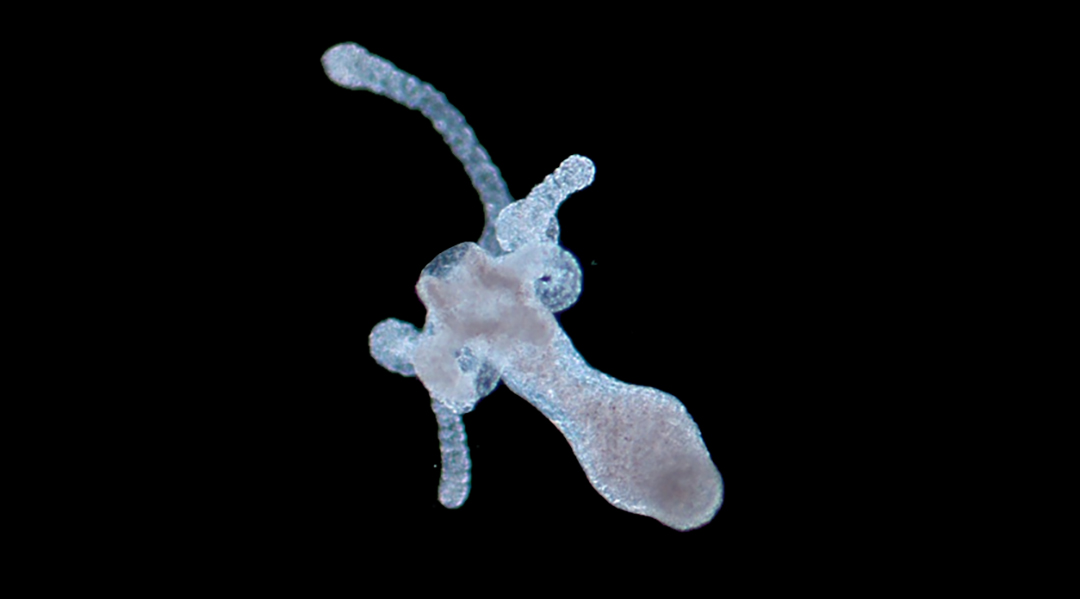
Gold nanoparticles and near-infrared light speed up regeneration and reproduction in hydras, providing insights for regenerative medicine.
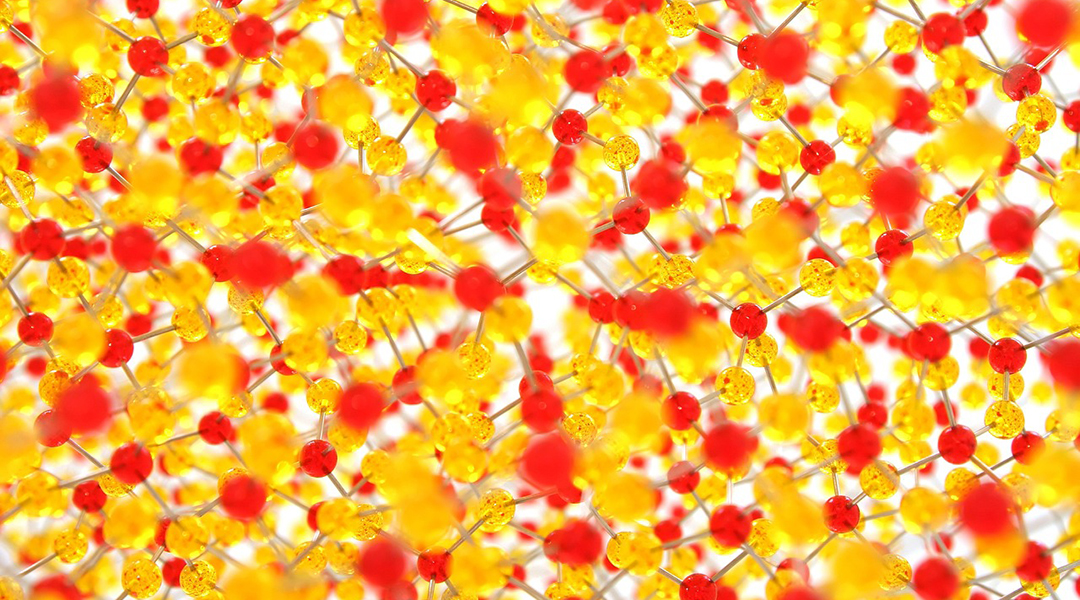
An Ising machine built on lattice defects solves problems faster than conventional computers without the drawbacks of quantum systems.
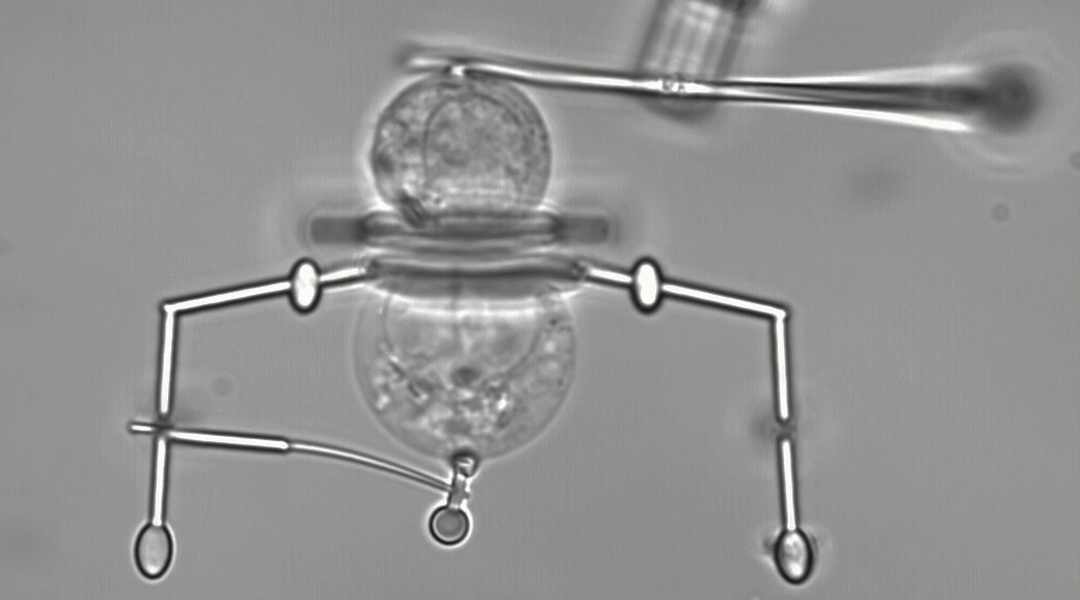
Fitted with nanoscale grippers, these microrobots offer new opportunities for imaging and manipulating single cells.
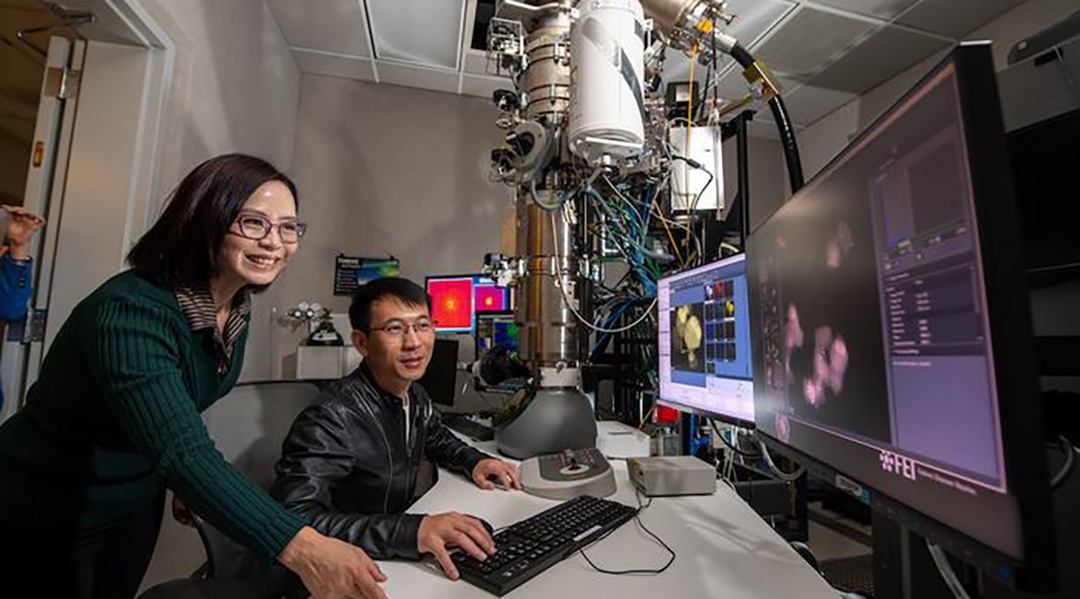
New technology allows researchers to study electrochemical processes at the atomic level with new insights into a widely used catalyst.
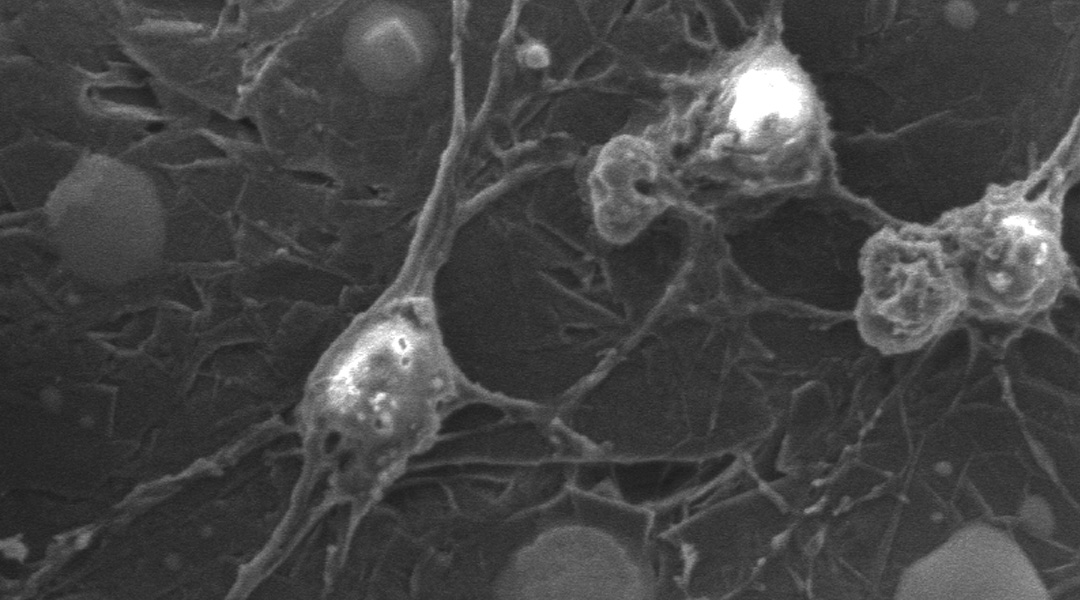
A patch delivers electrical pulses to help support stem cell growth, helping mice recover mobility in their hind legs in preliminary studies.

Satellite imagery suggests that islanders lived sustainably rather than overexploiting resources.
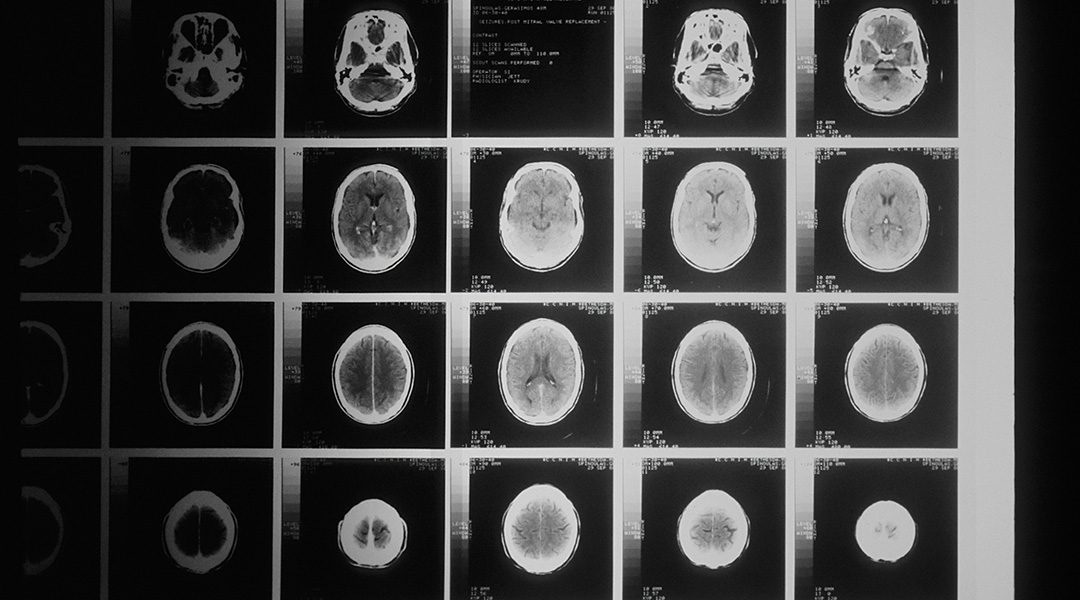
A neural network was able to evaluate connections between brain structure and clinical data to predict psychiatric disorders in youth.
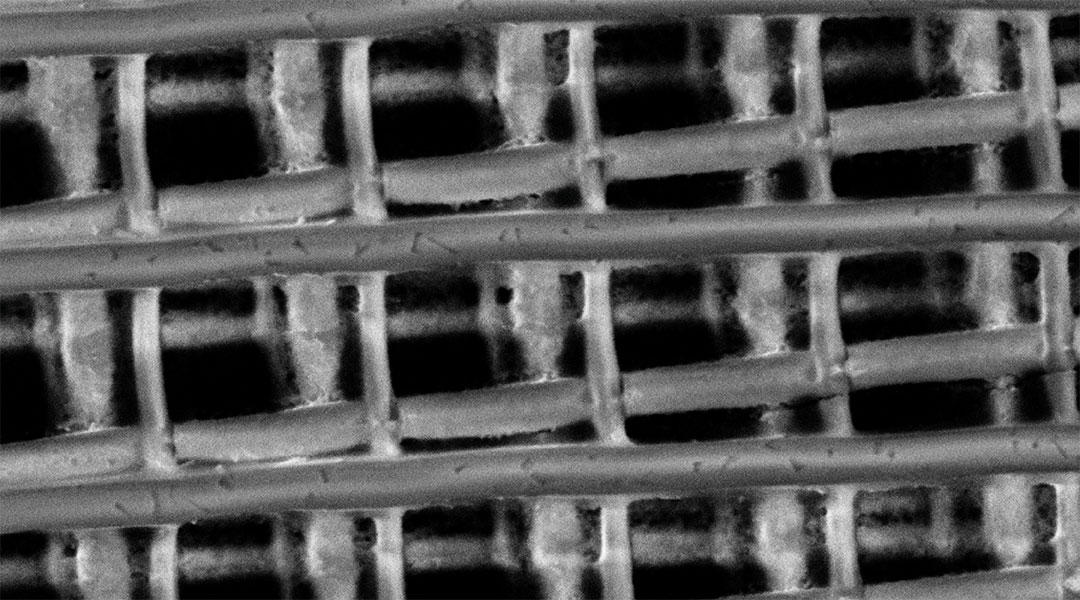
Their unprecedented control over light will lead to breakthroughs in telecommunications, medical imaging, and quantum computing.